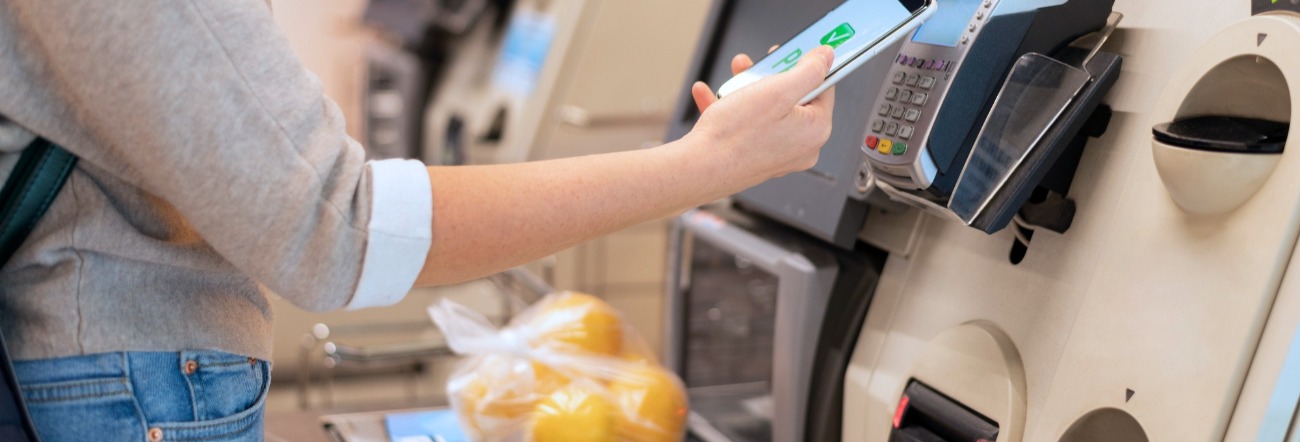19.Mar.2025
제품 정보
Self-Checkout Machines Are Not New? They’ve Been Around Since 1986!

The first self-checkout kiosk was created in 1986 by David R. Humble in Florida, USA.
The idea came from his experience at a grocery store, where he noticed a customer getting impatient while waiting in line and deciding to scan an item himself. This sparked a thought: "Well why can't anyone check themselves out at the store?"
Not long after, the first self-checkout kiosk was introduced, and the technology quickly evolved. Today, major global brands like Target, Walmart, Tesco, Carrefour, McDonald's, 7-11, and Uniqlo have adopted self-checkout systems, with demand surging during the pandemic.
Despite challenges such as theft, regulations, and customer adaptation, self-checkout kiosks continue to advance, becoming more versatile and feature-rich. As technology progresses, they are shaping a more convenient shopping experience for all.
Not long after, the first self-checkout kiosk was introduced, and the technology quickly evolved. Today, major global brands like Target, Walmart, Tesco, Carrefour, McDonald's, 7-11, and Uniqlo have adopted self-checkout systems, with demand surging during the pandemic.
Despite challenges such as theft, regulations, and customer adaptation, self-checkout kiosks continue to advance, becoming more versatile and feature-rich. As technology progresses, they are shaping a more convenient shopping experience for all.
Based on product identification methods, self-checkout kiosks can be categorized into the following 4 types:
| Technology Type | Application Information |
|---|---|
| Touchscreen Menu | Applicable Scenarios: Stores with a simple product range, such as self-ordering kiosks, ticket vending machines, or products like fruits and vegetables that do not have barcodes. How It Works: Select items from the touchscreen list to complete checkout. Recommended Screen: 21.5" to 32" large vertical touchscreen display can enhance selection convenience while fully displaying product information. |
| Barcode Scanning | Applicable Scenarios: Retail industries such as supermarkets and convenience stores. How It Works: Scan the 1D or 2D barcode on products to complete checkout. Recommended Screen: A touchscreen with waterproof, dustproof, high hardness, and impact-resistant features helps extend the device's lifespan. |
| RFID Sensing | Applicable Scenarios: Higher-end retail stores such as clothing and boutique shops. How It Works: Detects items through RFID tags without needing to scan each product individually. It is the most convenient for customers, but RFID tags are more expensive. Recommended Screen: Ultra-narrow bezel, slim and stylish design that complements store decor, enhancing brand image. |
| AI Image Recognition | Applicable Scenarios: Unpackaged goods sales such as bakeries and cafeterias. How It Works: Identifies products through image recognition, without the need for barcodes or RFID. While highly efficient, recognition may be affected by the placement of the products. Recommended Screen: High-brightness, anti-reflective touchscreen ensures clear and readable displays in complex lighting environments. |
As AI advances, self-checkout kiosks are becoming more powerful. The main challenge is improving business efficiency and providing a smoother checkout experience for consumers. #ADLab offers a variety of touchscreen solutions tailored for different environments, keeping pace with the evolution of smart retail. Contact us to find the ideal display solution for your needs!





